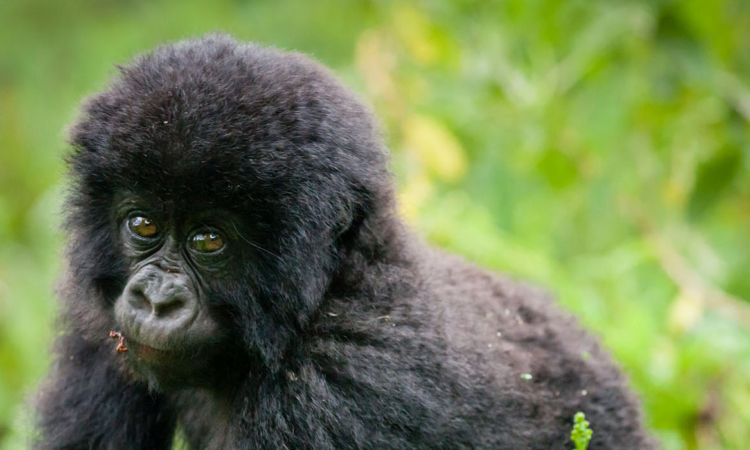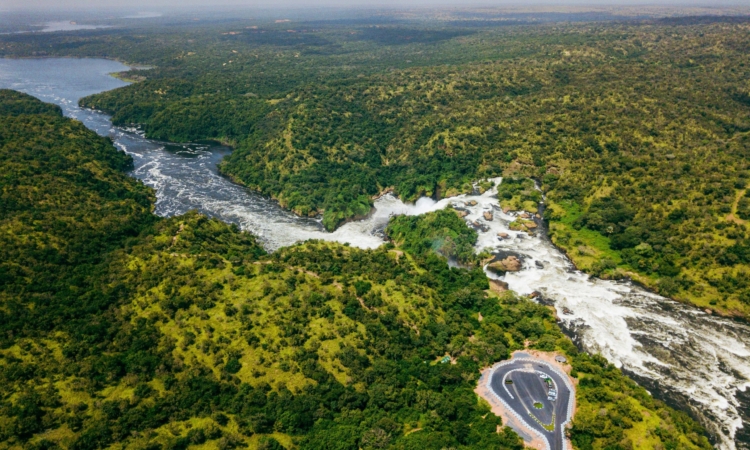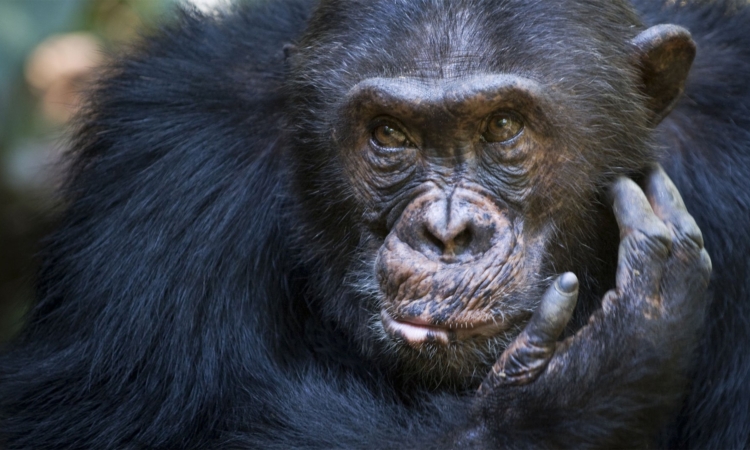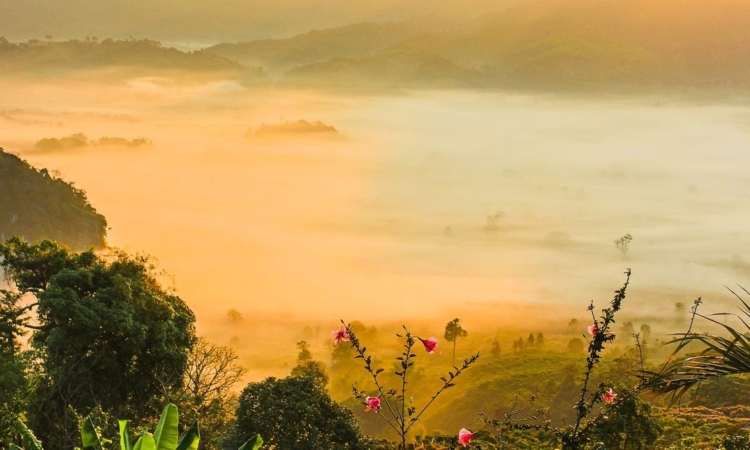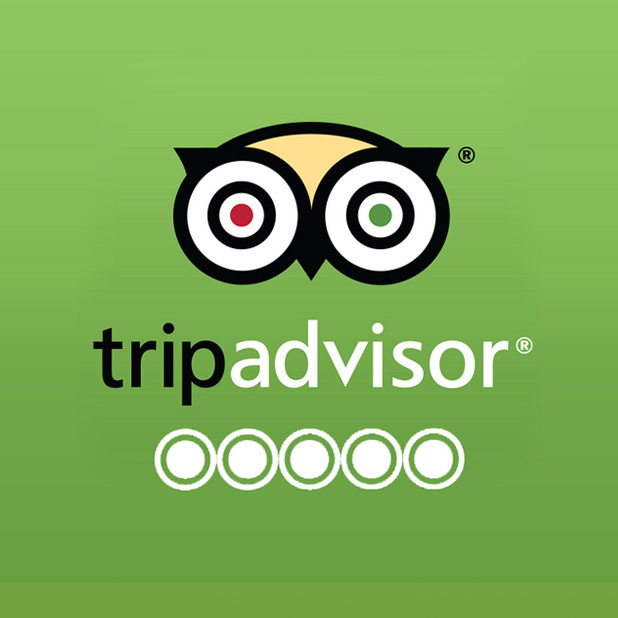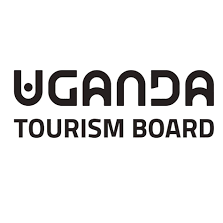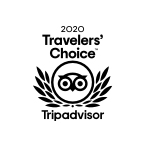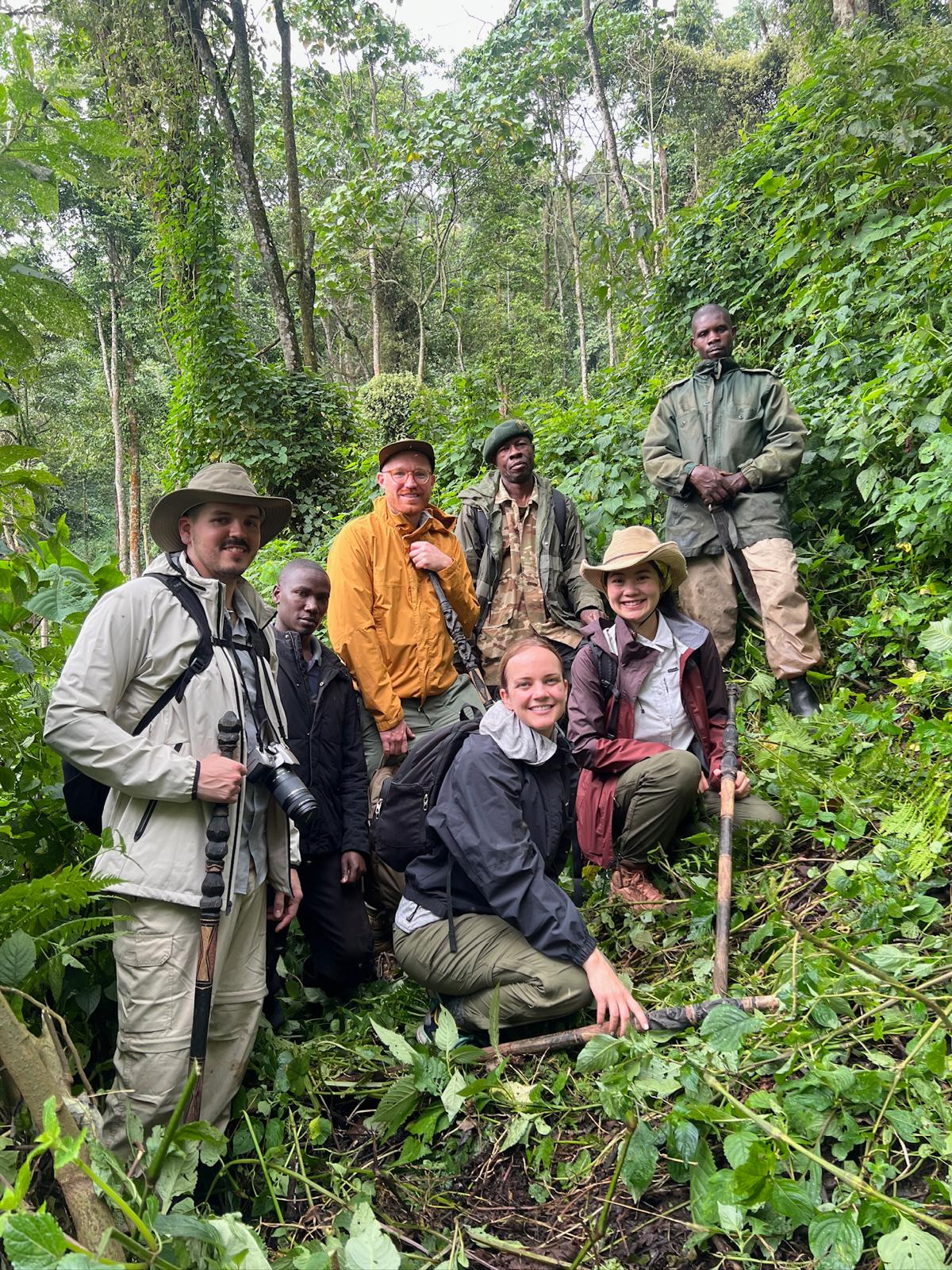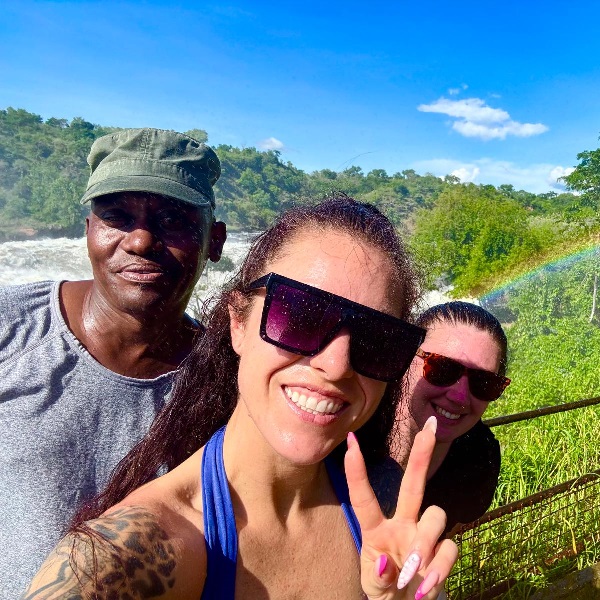Olduvai Gorge, also known as Oldupai Gorge, is located around the Ngorongoro Conservation Area and the Serengeti Plains of Tanzania. It is one of the most important paleontological sites in the world.
The name “Oldupai” is derived from a local Maasai word meaning “wild sisal” due to the abundant growth of wild sisal in the Oldupai Gorge area. Zinjanthropus boisei was the first species discovered by the Leakeys, who attributed the species to indulging in heavy chewing.
Olduvai Gorge has helped scientists understand human evolution, largely due to the work of a team of paleontologists and archaeologists led by Louis and Mary Leakey. Leakey suggested that choppers were the most common stone tools used long ago at Olduvai Gorge. They also identified principal rocks used to make stone tools, with the most common material being quartzite originating from Naibor Soit Isenberg, not far from the gorge.
Olduvai Gorge spans about 48 kilometers along a steep-sided ravine of the Great Rift Valley. The oldest tools found at Olduvai Gorge are known as Oldowan, located in the lowest layer. Acheulean and Chellean tools were found in the next layer, while Levallois artifacts were discovered in the third layer down, among other implements.
In 1911, while traveling in East Africa, a German physician and archaeologist visited Olduvai Gorge and discovered fossil bones of a three-toed horse. This piqued the interest of German geologist Hans Reck, who led a team to Olduvai in 1913.
Although Hans Reck found hominid remains that were radiocarbon-dated to 17,000 BP, World War I prevented further planned expeditions. In 1931, Hans Reck, Louis Leakey, and Donald McInnes led an expedition and found some hand axes.
Later, Louis and Mary Leakey led several expeditions, making various discoveries of hominin fossils. Geologist Richard Hay spent twelve years studying the geology of Olduvai Gorge alongside Mary Leakey, publishing their findings in 1976.
Mary Leakey’s work has served as a foundation locally, regionally, and continentally for assessing stone tool-making during the Early Pleistocene. The stratigraphic sequence at Olduvai Gorge is about 90 meters thick, consisting of lava flows from Mount Olmoti.
The remains at Olduvai Gorge provide compelling evidence that human evolution began in Africa, offering insights into the Old Stone Age industry sequence.
Ngorongoro Conservation Area
The Ngorongoro Conservation Area is located near Olduvai Gorge in Tanzania, covering 9,292 square kilometers. It is home to one of the densest wildlife populations on Earth, mainly concentrated within the Ngorongoro Crater, the largest intact caldera in the world. The crater spans 265 square kilometers and reaches a depth of 610 meters. The area also contains other calderas, including Empakaai and Olmoti.
One of the fascinating features in the area is the shifting sands — mysterious sand dunes believed to have originated from Mount Ol Donyo Lengai. The dunes move about 10 meters each year without changing shape.
The Ngorongoro Conservation Area offers thrilling wildlife viewing opportunities, with species such as African wild dogs, zebras, warthogs, cheetahs, leopards, lions, rhinos, elephants, giraffes, impalas, reedbucks, gazelles, olive baboons, vervet monkeys, elands, hippos, spotted hyenas, and many more.
Bird enthusiasts can spot some of the 500 bird species recorded in the Ngorongoro Conservation Area, including the black kite, African spoonbill, white-eyed slate flycatcher, Verreaux’s eagle, Jackson’s widowbird, kori bustard, fan-tailed widowbird, Kenya rufous sparrow, Livingstone’s turaco, red and yellow barbet, Namaqua dove, scarlet-chested sunbird, rosy-throated longclaw, Egyptian vulture, Eastern double-collared sunbird, capped wheatear, and many others.
Serengeti National Park
Serengeti National Park is a must-visit destination near Olduvai Gorge. It is the most visited national park in Tanzania, covering 14,753 square kilometers. Serengeti is renowned for hosting one of the greatest natural wonders in the world, with over 1.5 million wildebeests, 250,000 zebras, and thousands of gazelles, topis, and other antelopes embarking on an 800 to 1,000-kilometer journey to the neighboring Masai Mara Game Reserve in Kenya each year.
In 1930, an area of present-day Serengeti was designated a game reserve, and it was upgraded to national park status in 1940. The word “Serengeti” is derived from a local Maasai word, “siringet,” meaning “a place where the land runs forever.”
Serengeti National Park is also known for its high lion population, earning it the status of a Lion Conservation Unit in 2005, with over 3,000 lions in the ecosystem. Tourists visiting Serengeti can enjoy wildlife viewing and may encounter animals such as African Cape buffalos, wildebeests, cheetahs, leopards, African bush elephants, black rhinos, black-backed jackals, spotted hyenas, African golden wolves, Nile crocodiles, giraffes, zebras, hippos, otters, ground pangolins, banded mongooses, bat-eared foxes, African striped weasels, African wild cats, common warthogs, African civets, aardvarks, aardwolves, common genets, and many others.


